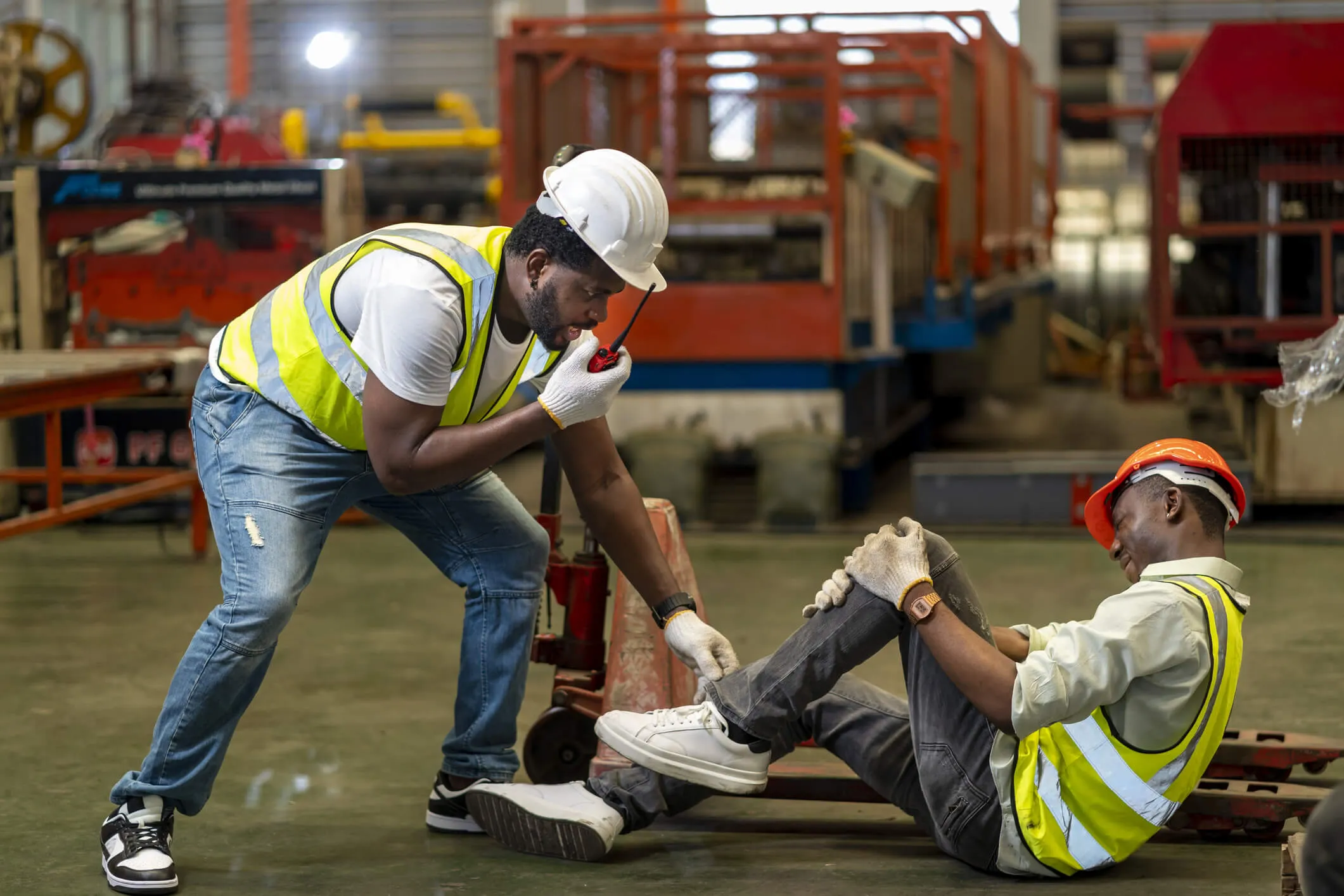The Top Industries at Risk for Workplace Accidents in 2024
Workplace safety is a critical concern for both employers and employees. While efforts have been made to improve safety standards across industries, accidents still happen. In 2024, certain industries are expected to be at a higher risk for workplace accidents. It is important for employers and workers in these industries to be aware of the potential risks and take proactive measures to prevent accidents and ensure a safe working environment.
1. Construction Industry
The construction industry is notorious for its high accident rates. With the nature of the work involving heavy machinery, hazardous materials, and working at heights, it is no surprise that construction sites can be dangerous. In 2024, the construction industry is expected to continue facing a significant risk of workplace accidents.
Common accidents in the construction industry include falls from heights, electrocutions, being struck by objects, and getting caught in between machinery or equipment. These accidents can result in severe injuries or even fatalities. It is crucial for construction companies to prioritize safety training, provide proper protective equipment, and enforce strict safety protocols to mitigate these risks.
2. Manufacturing Industry
The manufacturing industry is another sector that poses a high risk of workplace accidents. With the presence of heavy machinery, automated equipment, and potentially hazardous materials, workers in manufacturing plants face various dangers. In 2024, the manufacturing industry is expected to continue grappling with safety challenges.
Accidents in manufacturing can range from equipment malfunctions and chemical spills to repetitive motion injuries and exposure to harmful substances. Employers in the manufacturing industry should invest in regular equipment maintenance, provide proper training for handling hazardous materials, and implement ergonomic practices to minimize the risk of accidents and injuries.
3. Transportation and Warehousing Industry
The transportation and warehousing industry is inherently risky due to the nature of the work, which involves driving, loading and unloading goods, and operating heavy machinery. In 2024, this industry is expected to face ongoing safety challenges.
Accidents in transportation and warehousing can include vehicle collisions, slips and falls during loading or unloading, and injuries caused by improper use of machinery. Employers in this industry should prioritize driver safety training, enforce strict loading and unloading protocols, and provide proper safety equipment to minimize the risk of accidents.
4. Agriculture Industry
The agriculture industry, despite its peaceful and serene image, presents numerous hazards that can lead to workplace accidents. In 2024, the agriculture industry is expected to continue facing safety challenges.
Accidents in agriculture can range from machinery-related incidents, such as tractor rollovers and entanglement, to exposure to harmful chemicals and respiratory issues caused by dust and pesticides. It is crucial for employers in the agriculture industry to provide comprehensive safety training, promote the use of personal protective equipment, and implement proper maintenance procedures for machinery to prevent accidents.
5. Healthcare Industry
The healthcare industry may come as a surprise on this list, but it is not immune to workplace accidents. Healthcare workers face various risks, including exposure to infectious diseases, ergonomic injuries from patient handling, and needlestick injuries. In 2024, the healthcare industry is expected to continue addressing safety concerns.
To mitigate the risk of accidents in healthcare settings, employers should prioritize infection control measures, provide adequate training on patient handling techniques, and ensure the availability of safety devices to prevent needlestick injuries. Additionally, promoting a culture of safety and encouraging open communication can help identify and address potential hazards in healthcare facilities.
Conclusion
While workplace accidents can happen in any industry, it is important to be aware of the specific risks faced by different sectors. In 2024, the construction, manufacturing, transportation and warehousing, agriculture, and healthcare industries are expected to be at a higher risk for accidents. Employers and employees in these industries should prioritize safety measures, provide comprehensive training, and enforce strict protocols to create a safe and secure working environment.
By taking proactive steps to prevent accidents, these industries can work towards reducing the number of workplace injuries and ensuring the well-being of their employees. Workplace safety should always be a top priority, and by addressing the unique challenges of each industry, we can make significant progress in preventing accidents and creating safer work environments.
